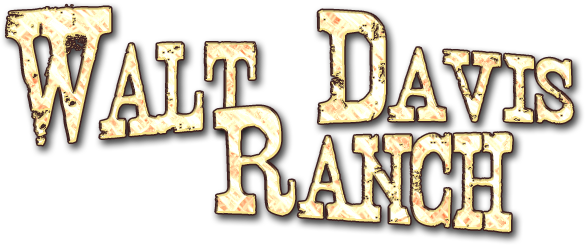
Walt Davis - Author, Agricultural Consultant, and Rancher

Grazing for Gain
While we are always interested in seeing our stock do well, management will vary depending upon what we are trying to accomplish at any given time. Much of the time management will be designed to supply proper nutrition to as much stock as is feasible. Going into winter with a set of dry cows, the goal might change to stretching a supply of dormant grass into as many days of adequate nutrition as possible. There will also be times when the goal is to maximize the amount of nutrition that a set of animals take in from pasture. Animals being fattened for slaughter, dairy cows in the milk string and young animals being pushed for gain are the examples that come to mind. Lack of protein is seldom a problem on properly grazed green pasture but protein can be too high for best performance of fattening or milking animals if the forage is grazed at very immature stages. The usual hang up for high performance is energy. As the leaf of a forage plant matures, from emergence to a fully functioning carbohydrate factory, the ratio of energy to protein increases until the leaf ages to a point where its ability to create energy through photosynthesis is impaired. At this point, both protein and energy content will began to decline as highly digestible compounds are replaced with less digestible material. If we want to maximize animal performance, we must present the forage to the animal when it is in the state that best suits the needs of the animal. With young growing animals, this state will be when the protein to energy ratio is high while fattening and lactating animals will do better on forage with a high energy to protein ratio. High protein diets will reduce animal performance and can cause metabolic problems when fed to animals with low protein requirements. When animals are fed a diet that is higher in protein and lower in energy than their needs, they burn the excess protein for energy and a portion of the nitrogen content of the protein becomes a waste product that must be disposed of by the body. This excess of protein can also cause off flavors in meat and milk.




